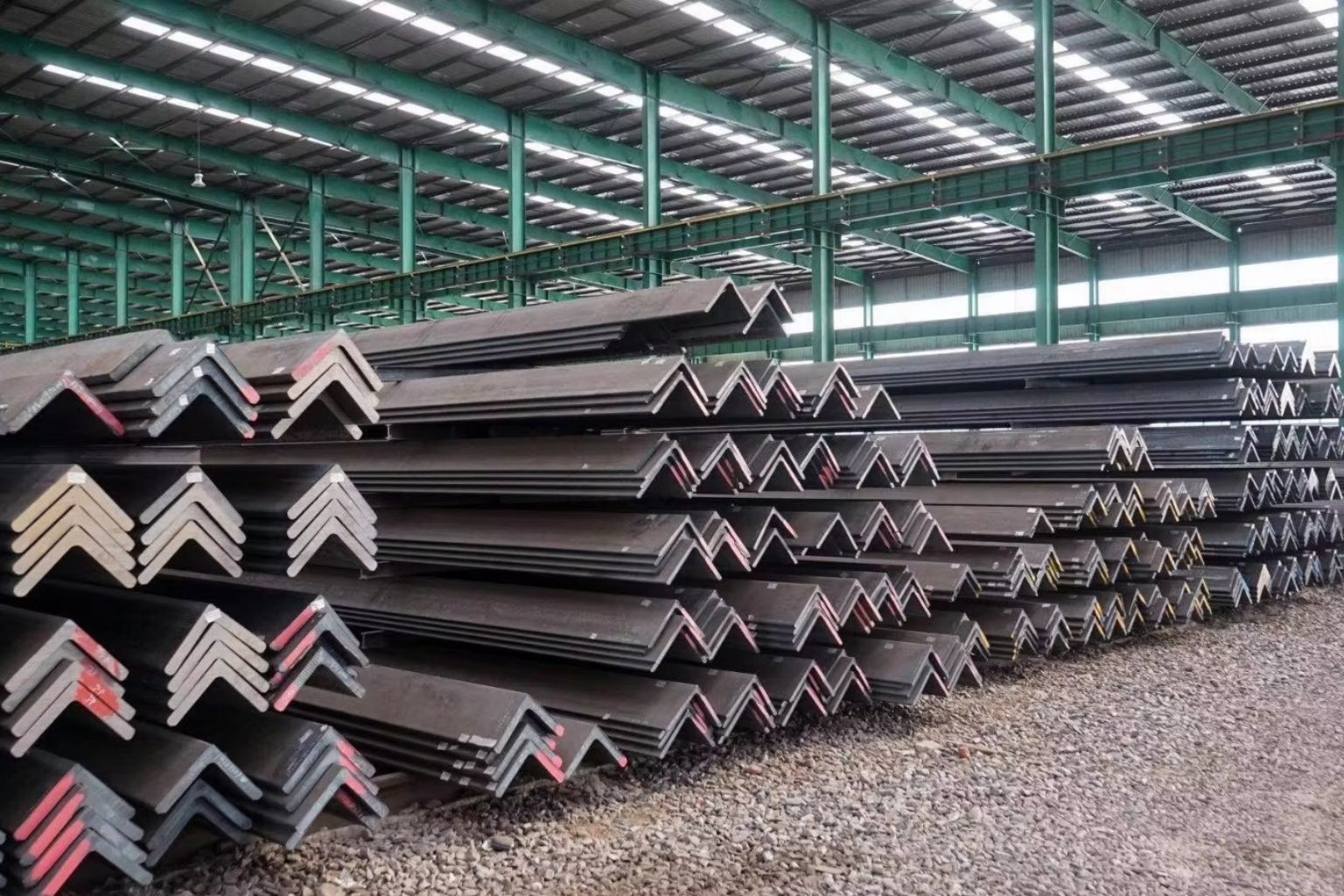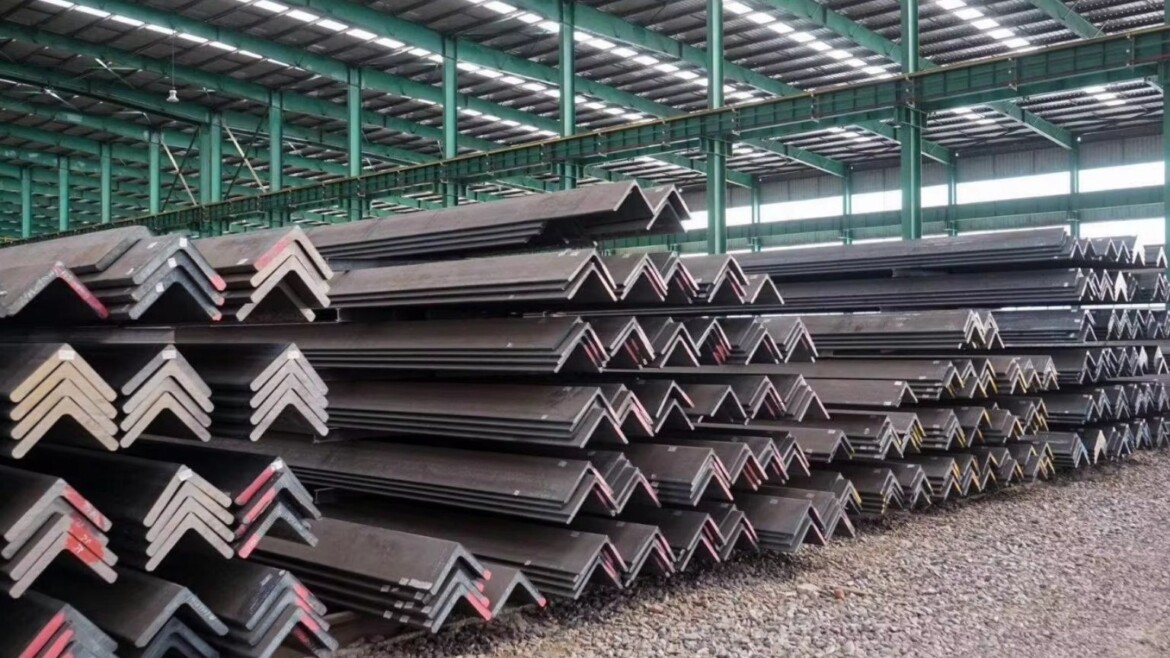Lama and Angle

Lama and Angle
Flat bars and angle bars are metal structural elements used in construction and industrial applications. These elements are used to reinforce and support structures and in various structural applications. Here are detailed information about these materials, including their types, applications, and steel types:
Flat Bars
Flat bars are defined as flat, long, and typically thin metal strips. They are mostly used in various construction and structural applications.
What Are Flat Bars?
Flat bars are straight metal strips with specific width and thickness. These bars are used for reinforcing structural elements and in various structural applications.
Where Are Flat Bars Used?
- Structural Reinforcement: In reinforced concrete structures, wall supports, and bridges.
- Decorative Applications: For sealing elements, and aesthetic and functional solutions for doors and windows.
- Machinery and Equipment: In the production of various machine parts and metal processing applications.
Types of Steel for Flat Bars
| Steel Code | Description |
|---|---|
| S235JR | Low carbon steel used in general structural applications. |
| S275JR | For applications requiring high strength and toughness. |
| S355JR | With higher strength and durability. |
| ST37 | Low carbon steel used in general structural elements. |
Angle Bars
Angle bars are generally L-shaped cross-section profiles. These bars are used as diagonal connecting elements.
What Are Angle Bars?
Angle bars are metal profiles consisting of two perpendicular legs forming an L-shape. They are typically made from metal and are used at structural corners and support elements.
Where Are Angle Bars Used?
- Structural Corners: As supporting and reinforcing elements in building corners.
- Rack Systems: In rack legs and support systems.
- Frame Systems: In frame structural elements and diagonal connections.
- Decoration: For aesthetic uses in interior decoration.
Types of Steel for Angle Bars
| Steel Code | Description |
|---|---|
| S235JR | Low carbon steel used for general structural angles. |
| S275JR | For higher strength and toughness applications. |
| S355JR | For applications requiring high strength and durability. |
| ST37 | Low carbon steel used in general structural angles. |
Flat Bars
Flat bars are typically flat and thin metal plates used in various structural and construction applications.
What Are Flat Bars?
Flat bars are generally flat and thin metal plates. These bars are used in surface finishing or various structural elements.
Where Are Flat Bars Used?
- Surface Coating: In coating and leveling processes on concrete surfaces.
- Decorative Applications: As aesthetic and functional elements in interior and exterior design.
- Structural Support: For support and reinforcement in load-bearing elements.
Types of Steel for Flat Bars
| Steel Code | Description |
|---|---|
| S235JR | Low carbon steel used in general structural applications. |
| S275JR | For applications requiring high strength and toughness. |
| S355JR | For structural elements requiring higher strength and durability. |
T-Bars
T-bars are known for their T-shaped cross-section profiles and are typically used in supporting and reinforcing structures.
What Are T-Bars?
T-bars are metal profiles with a T-shaped cross-section. These profiles are used for structural support and various applications.
Where Are T-Bars Used?
- Structural Support: In support and reinforcement of structural elements.
- Rack Systems: In rack structures and support systems.
- Machinery and Equipment: In machine frames and various industrial applications.
Types of Steel for T-Bars
| Steel Code | Description |
|---|---|
| S235JR | Low carbon steel used in general structural applications. |
| S275JR | For structural applications requiring high strength and toughness. |
| S355JR | For structural elements requiring high durability and strength. |
Box Profiles and Other Metal Profile Types
| Profile Type | Steel Types |
|---|---|
| Square Profiles | S235JR, S275JR, S355JR, ST37 |
| Rectangular Profiles | S235JR, S275JR, S355JR, ST52 |
| Flat Bars | S235JR, S275JR, S355JR, ST37 |
| Angle Bars | S235JR, S275JR, S355JR, ST37 |
| Flat Plates | S235JR, S275JR, S355JR |
| T-Bars | S235JR, S275JR, S355JR |
| Box Profiles | S235JR, S275JR, S355JR, ST37 |
| Angle Bars | S235JR, S275JR, S355JR, ST52 |
| Flat Bars | S235JR, S275JR, S355JR, ST52 |
General Applications of Box Profiles and Other Metal Profile Types
| Profile Type | General Applications |
|---|---|
| Square Profiles | Structural support, automotive parts, decorative elements |
| Rectangular Profiles | Frames, rack systems, support elements |
| Flat Bars | Structural reinforcement, decoration, machine parts |
| Angle Bars | Structural corners, rack systems, frame support elements |
| Flat Plates | Surface coating, decorative applications, structural support |
| T-Bars | Structural support, rack systems, machine frames |
General Advantages of Box Profiles, Flat Bars, and Angle Bars
| Advantages | Description |
|---|---|
| High Strength | Provides structural elements with high load-bearing capacity. |
| Easy Processability | Cutting, welding, and assembly are generally straightforward. |
| Aesthetic Appearance | Offers aesthetic solutions for modern and decorative applications. |
| Various Size Options | Solutions for various industrial needs with different size and dimension options. |
These metal profiles and bars provide high performance, durability, and aesthetic solutions in industrial and construction applications. Each profile type can be customized with different steel types to meet various structural and design needs.


